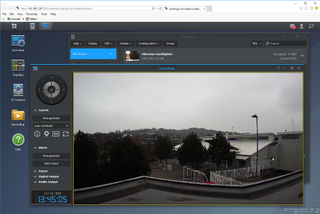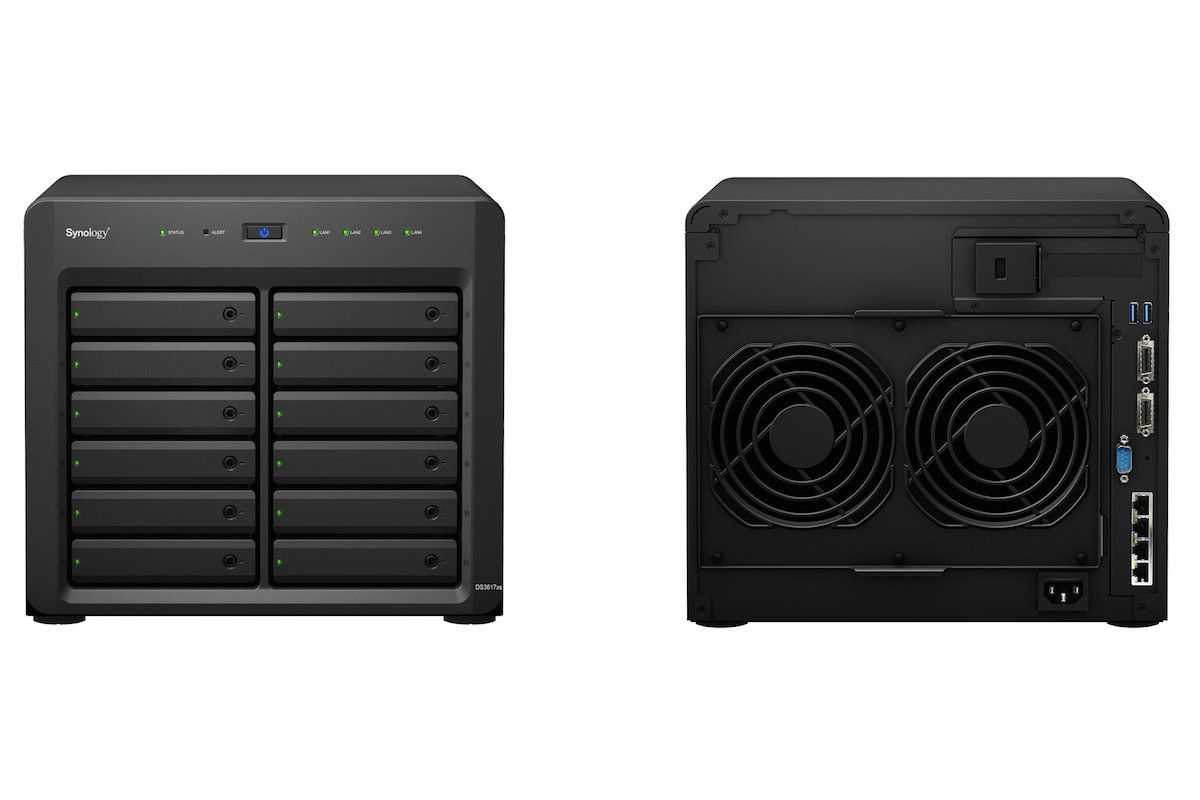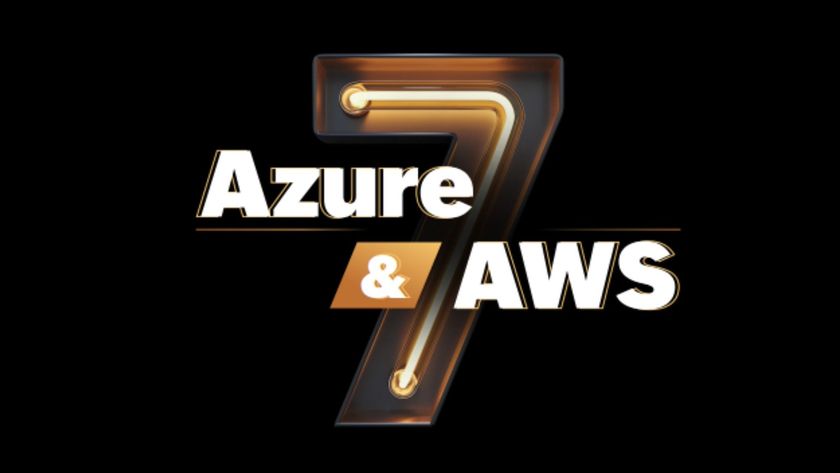Top data protection
Synology's DSM software has come on in leaps and bounds since we reviewed the DS3615xs and its data protection features are superb. Being a 64-bit CPU, the Xeon supports BTRFS volumes which brings snapshots into play.
These are managed from the Snapshot Replication app where you create snapshots schedules for NAS shares and iSCSI LUNs and run them as often as every five minutes. These are simple to manage and we found restoration just as easy as we could browse a share snapshot for a specific file using the File Manager app, recover the entire share or clone it.
Snapshot replication between source and destination Synology appliances is another very useful feature. Replication can also be scheduled to run at regular intervals but note that the target appliance must also have a 64-bit CPU that supports BTRFS volumes.
The Hyper Backup app is another winner as it provides a central console for managing all your local, remote, Rysnc and cloud backups. You can choose from eighteen different backup types, schedule them to run as required and restore data locally using the Backup Explorer app or remotely on the target using the Hyper Backup Vault app.

You can use the Docker app to run another instance of DSM in a separate container
More features and security
Cloud support doesn't get any better as Synology's Cloud Sync app supports no less than twenty public providers. Linking it to our Dropbox account was a cinch as we could also use the File Explorer app to remotely browse files in our cloud repository and download them directly.
The Cloud Station Server app puts workstation backup on the menu and Synology provides clients for Windows, Mac and Linux systems. We loaded the Cloud Station client on a Windows 10 desktop and used it to secure selected folders in real time with file modifications being replicated to the appliance in seconds.
Synology's Surveillance Station won't be beaten for IP camera monitoring and video recording features and includes two free licenses. It offers a huge range of facilities but its reliance on the aging NPAPI app means its Live View currently only works with IE 11.
It can't match Qnap's slick Virtualization Station, but Synology's Docker app allows the DS3617xs to run a wide selection of business apps in isolated lightweight containers. This incorporates the Docker DSM feature which includes a license to virtualise one DSM instance in its own container which can be used to host specific apps and isolate them on dedicated network ports.

Synology's Surveillance Station is packed with features but its Live View only currently works with IE 11
Conclusion
Synology's DS3617xs isn't the largest desktop NAS appliance anymore as it's beaten by Qnap's mighty TS-1635 which offers twelve LFF and four SFF hot-swap bays. With a diskless system costing around 963 ex VAT, the TS-1635 is better value and also scores for its integral 10GbE SFP+ ports.
Even so, the DS3617xs is a better choice if performance is a priority as its Xeon delivers superior NAS speeds to Qnap's Annapurna Labs ARM-based CPU. The DS3617xs has a superior expansion potential and as it has no restrictions on available DSM apps, it's much more versatile.
Verdict
Business that want a big desktop NAS appliance with good performance, plenty of features and room to grow will like Synology’s DS3617xs
Chassis: Desktop CPU: 2.2GHz D-1527 Xeon Memory: 16GB DDR4 SO-DIMM (max 48GB) Storage: 12 x hot-swap LFF/SFF SATA drive bays Array support: RAID0, 1, 10, 5, 6, hot-spare, JBOD Network: 4 x Gigabit, Other ports: 2 x USB3, 2 x Infiniband Expansion: 1 x PCI-e 3 slots Management: Web browser Warranty: 5-year limited
Dave is an IT consultant and freelance journalist specialising in hands-on reviews of computer networking products covering all market sectors from small businesses to enterprises. Founder of Binary Testing Ltd – the UK’s premier independent network testing laboratory - Dave has over 45 years of experience in the IT industry.
Dave has produced many thousands of in-depth business networking product reviews from his lab which have been reproduced globally. Writing for ITPro and its sister title, PC Pro, he covers all areas of business IT infrastructure, including servers, storage, network security, data protection, cloud, infrastructure and services.















